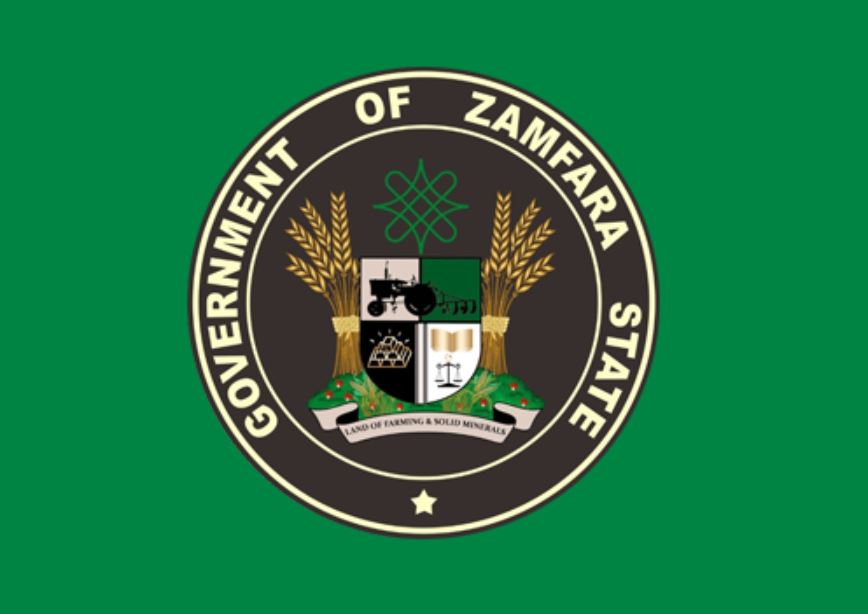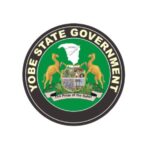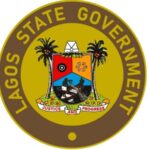This guide comprehensively lists all the local government areas in Zamfara state, with their elected chairman. Zamfara, located in northwestern Nigeria, was part of Sokoto State until 1996 when it became independent, with Gusau as its capital.
However, the state is primarily populated by the Hausa people, with sub-groups such as the Zamfarawa, Gobirawa, and Burmawa.
The Fulani people are also scattered across the state, particularly in Bungudu, Maradun, and Gusau. Zamfara is bordered by Niger to the north, Kaduna to the south, Katsina to the east, and Sokoto and Kebbi to the west.
The state covers an area of 38,418 square kilometers and has a population of about 6.51 million based on the 2025 population projection.
READ ALSO: Complete List Of Yobe State Local Government Areas And Their Chairmen
List Of Zamfara State Local Government Area And Their Chairman
Zamfara state has 14 local government areas, each with an elected chairman:
- Anka – Hon. Bashar Musa Anka
- Bakura – Hon. Sa’idu Danbala
- Birnin Magaji – Hon. Abdulhakim Ahmad
- Bukkuyum – Hon. Abubakar Umar
- Bungudu – Hon. Nura Abdullahi
- Gummi – Hon. Aminu Falale
- Gusau – Hon. Abubakar Imam
- Kauran Namoda – Hon. Manir Haidara
- Maradun – Hon. Sanusi Ahmed
- Maru – Hon. Bello Jabaka
- Talatan Mafara – Hon. Yahayya Yari
- Tsafe – Hon. Garba Shehu
- Shinkafi – Hon. Ibrahim Musa
- Zurmi – Hon. Samaila Husaini
READ ALSO: Complete List Of Kogi State Local Government Areas And Their Chairmen
Which Is The Biggest LGA In Zamfara State By LandMass?
Maru Local Government Area (LGA) is the largest in Zamfara State by landmass, covering an expansive area of 6,654 km², which represents about 17% of the total land area of the state, which is 38,418 km².
Located in the far northern part of Zamfara, Maru shares geographical and climatic similarities with the Sahel region.
The landscape consists of a mix of shrubby savanna, wooded grasslands, and rocky outcrops. Maru’s headquarters, also named Maru, is situated at coordinates 12°20′N 6°24′E.
The population of Maru has seen significant growth in recent years. In the 2006 census, it had 291,900 residents, and by 2022, the population had risen to approximately 521,500. By 2025, the population is projected to reach about 547,575 people, based on growth trends.
This population growth is affected by a combination of natural increase and internal migration, even though the area faces challenges such as banditry and environmental issues.
Most of the population is rural, and the local economy is largely agrarian, with communities primarily engaged in farming and livestock rearing.
The region also faces numerous environmental and security challenges. Climate change has led to rising temperatures and erratic rainfall patterns. Additionally, Maru is one of the most conflict-prone areas in Zamfara.
Environmental degradation is another significant issue, with gold mining and deforestation contributing to the transformation of 32.4% of Maru’s land into bare ground or built-up areas since 1987.
Maru has 11 wards, and the current chairman, Hon. Bello Jabaka, oversees its administrative functions. Maru’s vast land area contributes significantly to Zamfara’s economy, particularly through agriculture and mining.
Agriculture, in particular, is essential, with over 80% of the state’s population engaged in farming, which has made Maru an important contributor to the production of crops like millet, guinea corn, maize, rice, groundnut, and cotton.
READ ALSO: Complete List Of Jigawa State Local Government Areas And Their Chairmen
Which LGA Is The Most Populated In Zamfara State?
Gusau Local Government Area (LGA) is the most populous in Zamfara State, with a 2025 population projection of 716,835. This makes it home to over 11% of the state’s total population, which stands at 6.51 million.
Gusau’s population growth is driven by different factors, such as its role as the administrative and commercial hub of Zamfara State.
Looking at Gusau’s population growth over the years, the 1991 census recorded 259,336 residents, while the 2006 census showed a population of 383,712.
This represents a notable increase, with Gusau’s population growing by 77.8% from 2006 to 2022. The area has a population density of 336.4 people per square kilometer, indicating that more people are moving to Gusau.
Gusau also has a higher annual population growth rate of 3.7% between 2006 and 2022, surpassing the state’s average growth rate of 2.8%.
However, the growth of Gusau is largely due to its economic opportunities. As the commercial center of Zamfara, it handles a significant portion of the state’s agricultural transactions, such as 40% of its grain and livestock business.
The city also hosts key institutions, including the Federal Medical Centre and Gusau Dam, which provide employment and contribute to the local economy.
In addition, the city’s infrastructure, including better road networks linking to nearby cities like Sokoto and Kaduna, railway stations, and modern healthcare and educational facilities, makes it an attractive destination for people seeking better living standards.
Another factor contributing to Gusau’s population growth is migration from rural areas, partly due to security challenges in other parts of Zamfara.
The perception that Gusau is safer, despite the security concerns in the state, has led to an inflow of people seeking refuge in the city.



